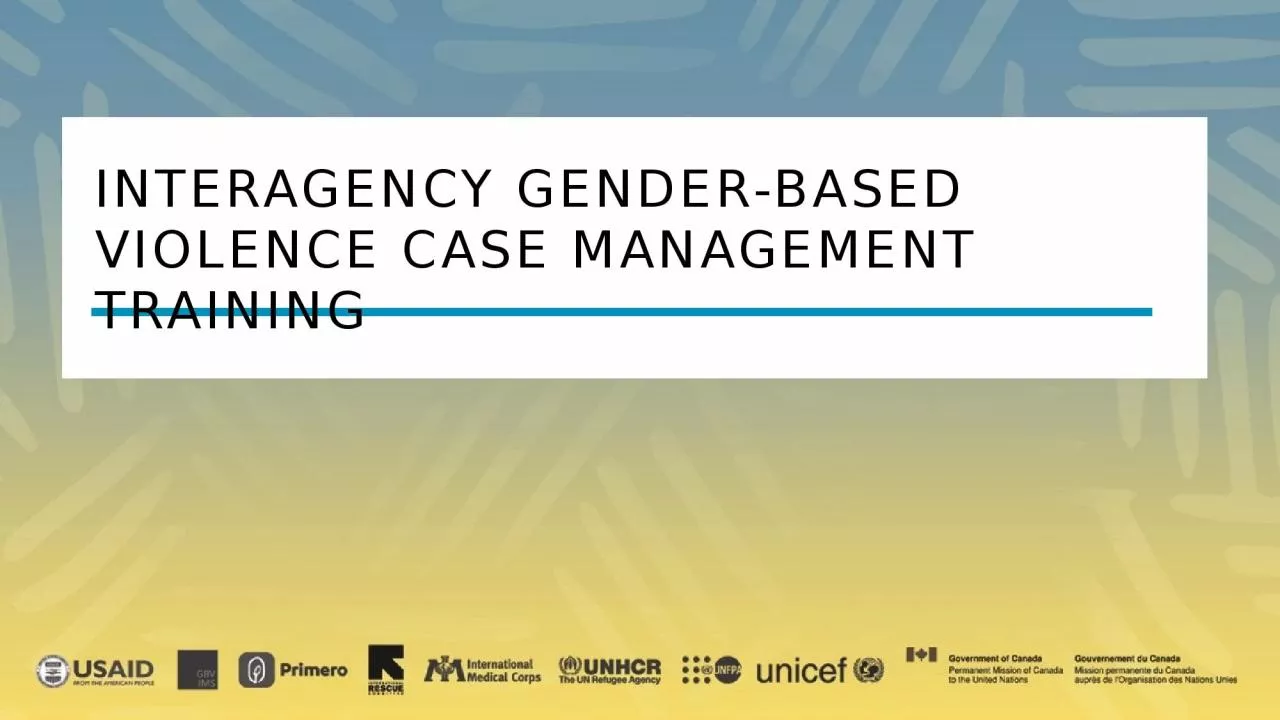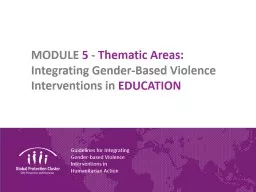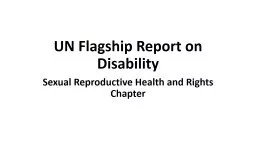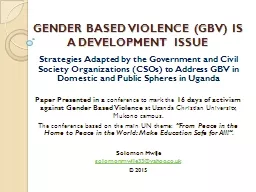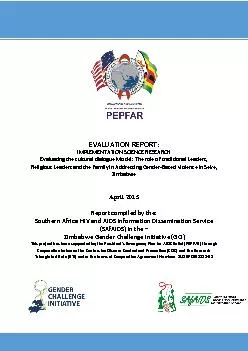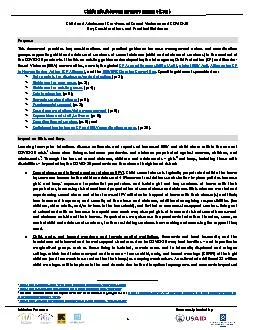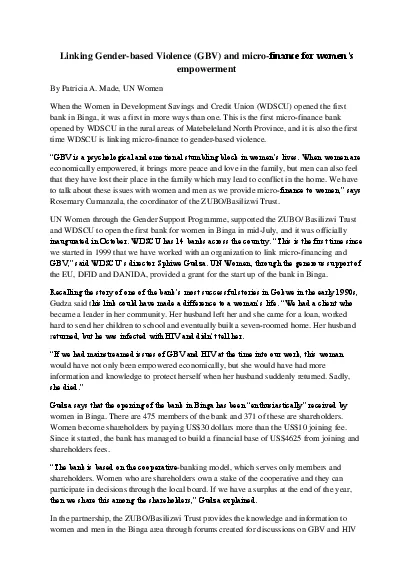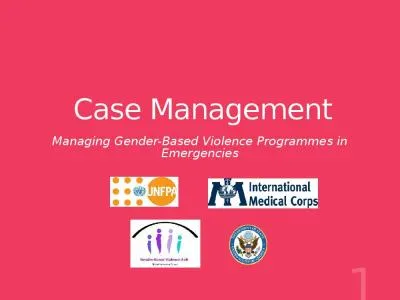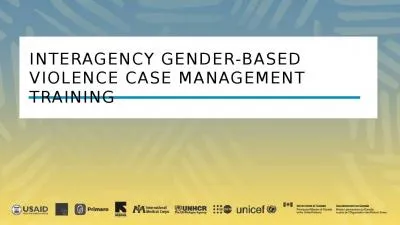PPT-Gbv case management with
Author : alis | Published Date : 2024-03-13
lgbti survivors Module 17A Objectives Understand different terms and definitions relating to LGBTI identities Identify different barriers to care for LGBTI
Presentation Embed Code
Download Presentation
Download Presentation The PPT/PDF document "Gbv case management with" is the property of its rightful owner. Permission is granted to download and print the materials on this website for personal, non-commercial use only, and to display it on your personal computer provided you do not modify the materials and that you retain all copyright notices contained in the materials. By downloading content from our website, you accept the terms of this agreement.
Gbv case management with: Transcript
lgbti survivors Module 17A Objectives Understand different terms and definitions relating to LGBTI identities Identify different barriers to care for LGBTI survivors Be able to provide services in a safe understanding and supportive manner . 20 – 21 September 2015. Ambassador Hotel. Mohamed Mahad Dam . Executive Director . PRESENTATION OUTLINE. Planned Activities . and Achievements. 3. .. . Lessons learned. 2. Enabling . Factors for the Achievements . Page 42. 1. Multi-. Sectoral. , Coordinated Action. General. coordination responsibilities of a multi-. sectoral. and community-based approach include:. Strategic planning. Gathering data and managing information. Addressing Violence at National Level . A case study of Kenya . Kavutha Mutuvi. UN Women Kenya . Background. There is increasing awareness of the linkages between violence against women and girls, generally referred to as gender-based violence (GBV) and HIV transmission. Integrating . Gender-Based . Violence Interventions in . EDUCATION . Agenda. Links between GBV and Humanitarian Programming . Knowledge Basics for Implementing the Thematic Area Guidance . A Closer Look: Assessment; Resource Mobilization; Implementation; Referrals; Coordination; Monitoring and Evaluation . Jeni. . Klugman. Director, Gender and Development. The World Bank. March 12, . 2013. World Development Report 2012:. Gender and Development. Progress. Gender gaps in primary schools have closed in . Sexual Reproductive Health and Rights Chapter. Introduction-Why SRHR?. Unplanned . pregnancies, sexually transmitted . infections(STIs) . including HIV/AIDS. , gender-based violence. , to . which many persons with disabilities are exposed, are a major threat to their personal development, health and life quality. Activity report of General Protection - Blue Nile state – May 2016 to May2017. Introduction. The general protection component targets (8,200) in . Bau. , . Tadamon. , and . Kurmuk. localities by: . Strategies Adapted by the Government and Civil Society Organizations (CSOs) to . Address . GBV in Domestic and Public Spheres in Uganda. Paper Presented in a . conference to mark the . 16 days of activism against Gender Based Violence. IMPLEMENTATION SCIENCE RESEARCH E valuating the cultural dialogue Model: The role of traditional Leaders, Religious Leaders and the Family in Addressing Gender - Based violence in Seke, Zimbabwe Ap (CASI) Initiative Partners: Generously funded by: 1 Child and Adolescent Survivors of Sexual Violence and COVID - 19 Key Considerations and Practical Guidance Purpose This document provide s key consi Linking Gender-GBVand micro-finance for womens empowermentBy Patricia A Made UN WomenWhen the Women in Development Savings and Credit Union WDSCU opened the first bank in Binga it was a first in more - C AND HUMAN HERPES VIRUS COINFECTIONS IN AIDS DEVELOPMENT IN HIV - 1 SEROCONVERTERS by Chengli Shen Hebei Medical University, China, 1997 Submitted to the Graduate Faculty of Graduate School of Pu Programmes. in Emergencies. 1. Objectives. Understand the case management process for support of survivors of GBV. Understand how case management services can be tailored to survivors of different ages and to address different forms of GBV. to adolescent girls and Child/early marriage. MODULE 16. objectives. Define early marriage and the consequences for girls and communities. Describe the various case management responses to early marriage.
Download Document
Here is the link to download the presentation.
"Gbv case management with"The content belongs to its owner. You may download and print it for personal use, without modification, and keep all copyright notices. By downloading, you agree to these terms.
Related Documents

